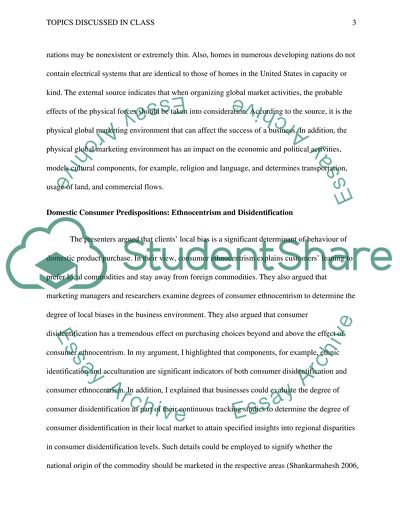Cite this document
(“Topics Discussed in Class - My Participation in Class Assignment - 3”, n.d.)
Topics Discussed in Class - My Participation in Class Assignment - 3. Retrieved from https://studentshare.org/marketing/1483171-topics-discussed-in-class-my-participation-in
Topics Discussed in Class - My Participation in Class Assignment - 3. Retrieved from https://studentshare.org/marketing/1483171-topics-discussed-in-class-my-participation-in
(Topics Discussed in Class - My Participation in Class Assignment - 3)
Topics Discussed in Class - My Participation in Class Assignment - 3. https://studentshare.org/marketing/1483171-topics-discussed-in-class-my-participation-in.
Topics Discussed in Class - My Participation in Class Assignment - 3. https://studentshare.org/marketing/1483171-topics-discussed-in-class-my-participation-in.
“Topics Discussed in Class - My Participation in Class Assignment - 3”, n.d. https://studentshare.org/marketing/1483171-topics-discussed-in-class-my-participation-in.


